#Chaenomeles japonica
Text

Maule’s Quince (Chaenomeles Japonica)
#photographers on tumblr#nature#flowers#spring#red#floral#flores#primavera#rojo#maule's quince#chaenomeles#chaenomeles japonica#vibrant#vertical#original photography#original photographers
858 notes
·
View notes
Text

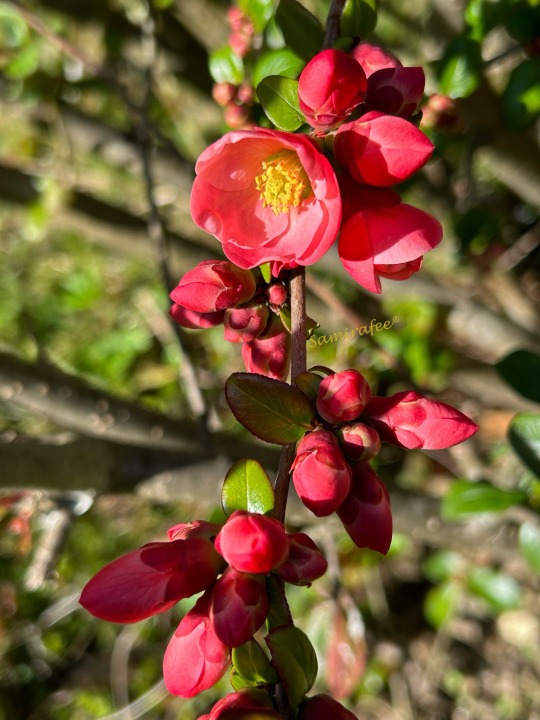
#CHAENOMELES JAPONICA🌺JAPANESE QUINCE❤️
@samirafee
#source: samirafee#own picture#photographers on tumblr#nature#plants#my garden#chaenomeles japonica#japanese quince#spring#march 2024
27 notes
·
View notes
Text

🫶🏼🩵
19 notes
·
View notes
Text

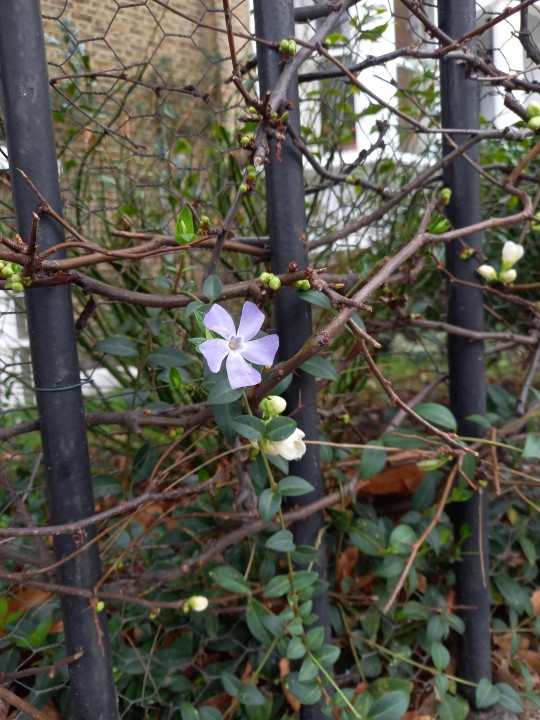

Japanese quince (Chaenomeles japonica)
16 notes
·
View notes
Text
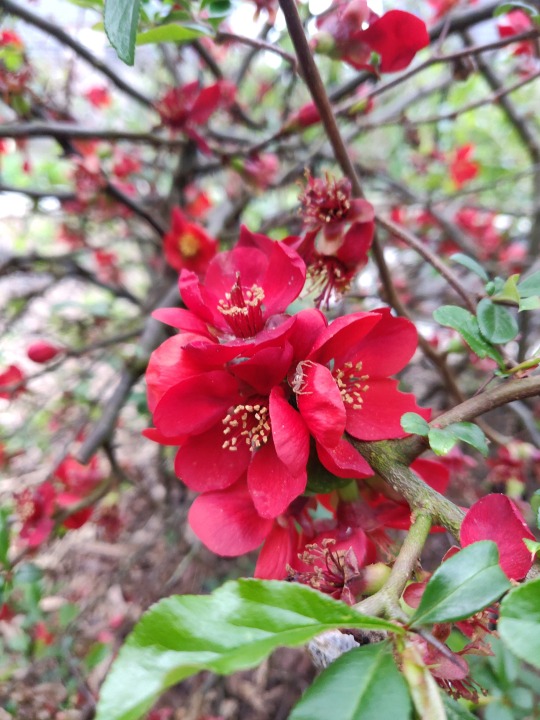
Prophecy
“When beauty perches on a blossom throne, warmth will creep into the world.”
There weren’t many prophecies that baffled me like this one. And not just me; other students of the prophecies didn’t manage to agree on its meaning either.
Some took it to convey that the world would come to an end when a particularly beautiful flame sparked, and whenever the latest disaster was averted, oracles who strongly believed in this interpretation would nudge each other meaningfully and boast they’d always been confident that this flame, metaphorical or not, had been too average or even ugly—no matter how loudly their terrified sobs had rung through the temple mere minutes ago.
Others, predictably, saw something about “blossoms” and “warmth”, and firmly stuck their minds to the gutter, never to release them again.
More historically interesting, people in our regions had held out hopes of prosperity throughout the centuries, every time someone halfway good-looking ascended the throne. Whether the tradition of dressing those budding royals in flowers or blossom patterns had already existed before the registration of this prophecy was unknown.
But I know the actual truth now. I stepped into the garden in late March with no other purpose than to admire the quince blossoms, and I spotted a small spider on a candy-red petal. This was no prophecy at all; this was a statement, an observation recurring every year: spring would come and warm our hearts.
—
[Image description: Close-up of a cluster of red blossoms of a Japanese quince shrub. A small, light brown spider perches on one of the petals. In the bottom right corner of the photo, closest to the viewer, there are shiny green leaves, and the rest of the shrub makes up the background.]
#chaenomeles japonica#japanese quince#maule’s quince#spider#blossoms#spring#photography#flash fiction#spiders#cw spiders#spiders cw#prophecy#375
5 notes
·
View notes
Video
Japanische Zierquitte by Pascal Volk
#Alt-Hohenschönhausen#Berlin#Berlin Lichtenberg#Europe#Germany#Landsberger Allee#Natur#nature#naturaleza#Pflanze#plant#planta#Blume#Flower#flor#Blüte#blossom#bloom#floral#Flower Power#Japanische Zierquitte#Chaenomeles japonica#membrillo japonés#Japanese quince#Maule's quince#Spring#Frühling#Primavera#Canon EOS R3#Canon RF 28-70mm F2L USM
2 notes
·
View notes
Text




Tulip
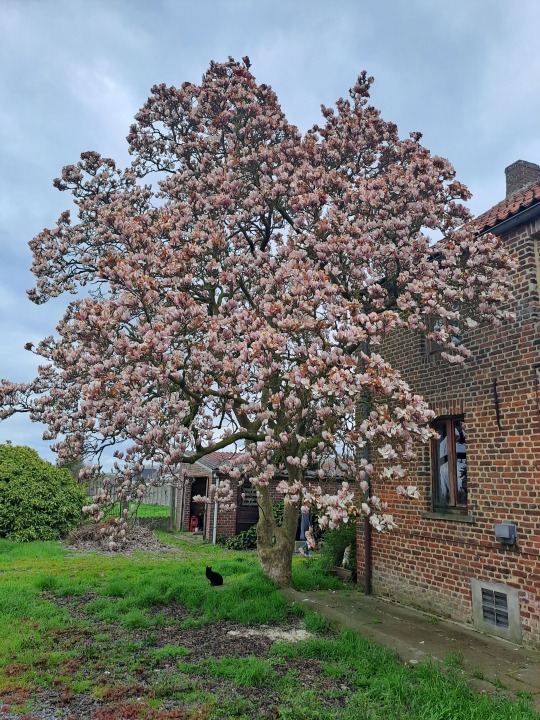
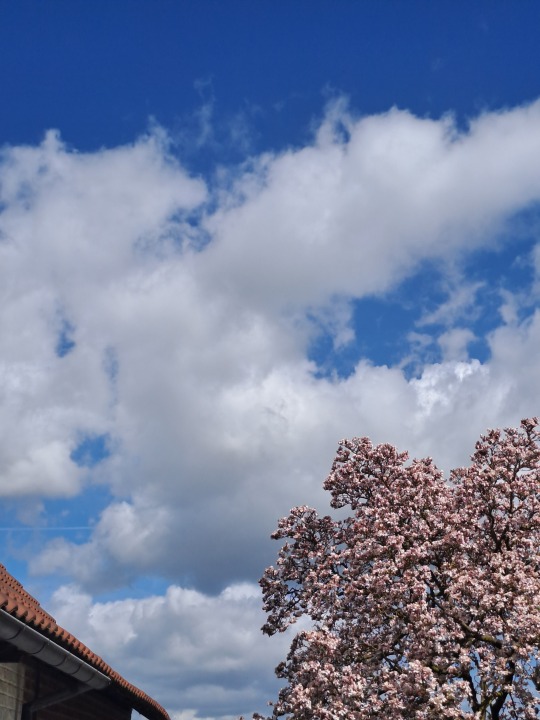
Magnolia


Hyacinthus
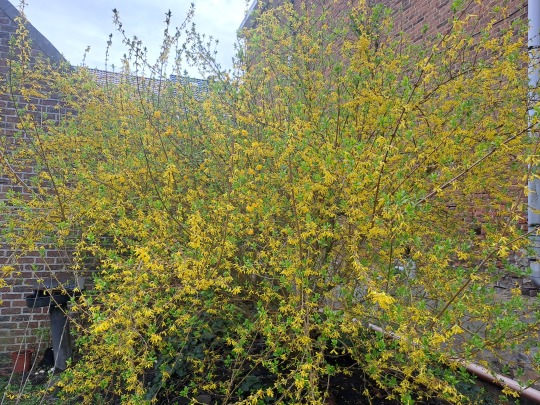




Kerria Japonica



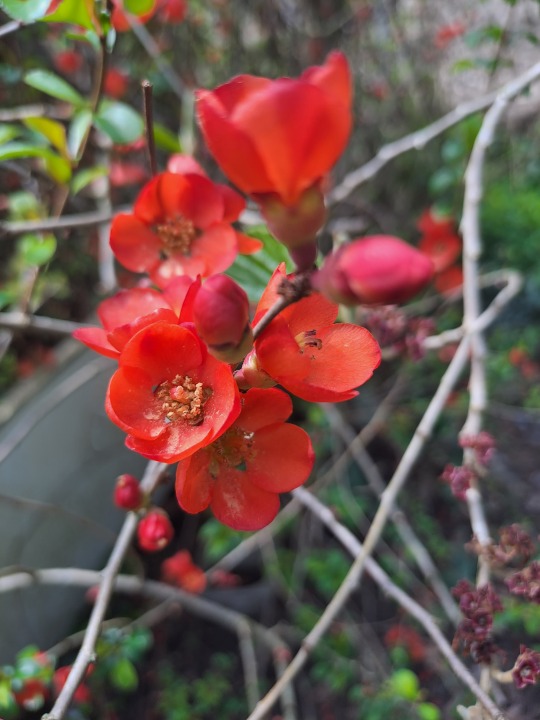


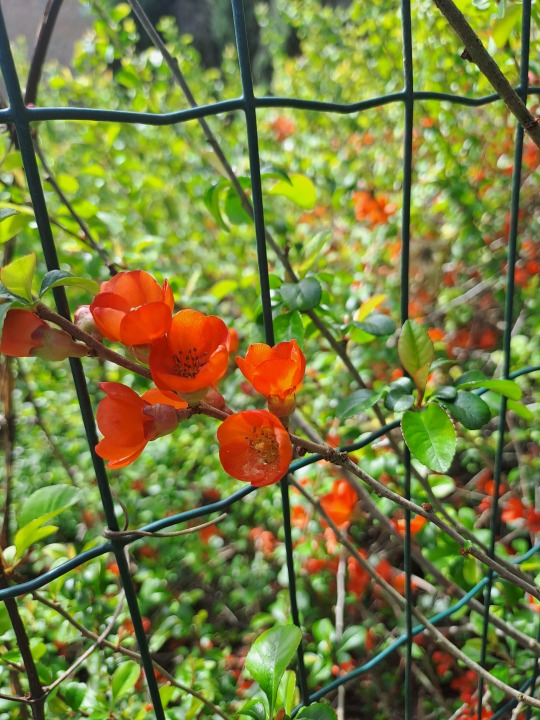









Chaenomeles Japonica

After rain...
#tulip#magnolia#hyacinthus#kerriajaponica#kerria japonica#chaenomeles japonica#flowers#flower#photography#flower photography#nature#nature photography#spring#garden#spring photography#natuur#bloemen#fotografie#lente#red flowers#pink flowers#yellow flowers#purple flowers#lilac flowers#flower aesthetic#nature aesthetic#mood#aesthetic#garden inspiration#flower inspiration
5 notes
·
View notes
Text
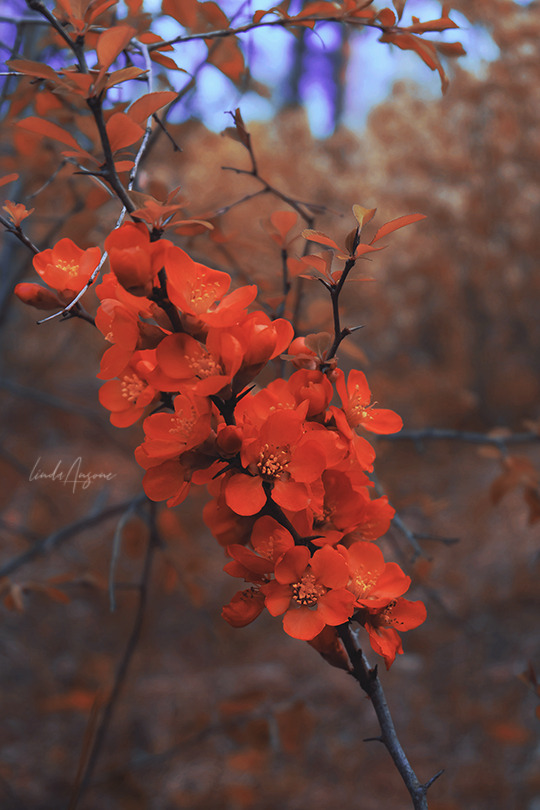

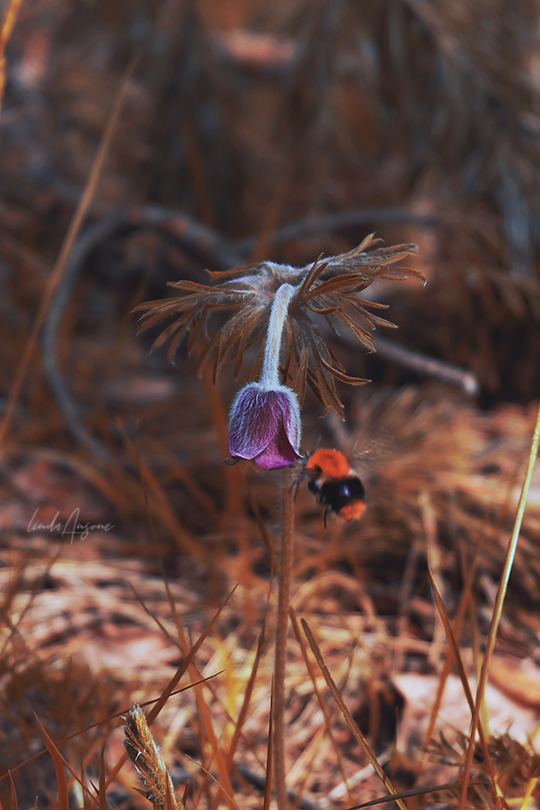

#floral#flowercore#flower photography#flowers#plants#plantcore#wild plants#nature#naturecore#photography#nature photography#original photographers#photographers on tumblr#Pulsatilla pratensis#chaenomeles speciosa japonica#small pasque flower#hybrid quince
508 notes
·
View notes
Text
¿Historias cortas para no dormir y así no tener pesadillas? ¡Plantas con flores rojas!
Membrillero japonés
De nombre científico Chaenomeles Japonica, este arbusto caducifolio puede llegar a crecer hasta los 2 metros de altura. Se trata de una planta de cultivo muy fácil, poco exigente gracias a lo rústica y resistente que es.

El membrillero japonés se puede utilizar para formar setos, y florece tanto en primavera como en otoño e invierno, por lo que es una de esas pocas plantas con la capacidad de embellecer un jardín con los vivos colores de sus flores en plena época fría.
#Membrillero japonés De nombre científico Chaenomeles Japonica este arbusto caducifolio puede llegar a crecer hasta los 2 metros de altura#¿Historias cortas para no dormir?#Flores rojas
1 note
·
View note
Photo

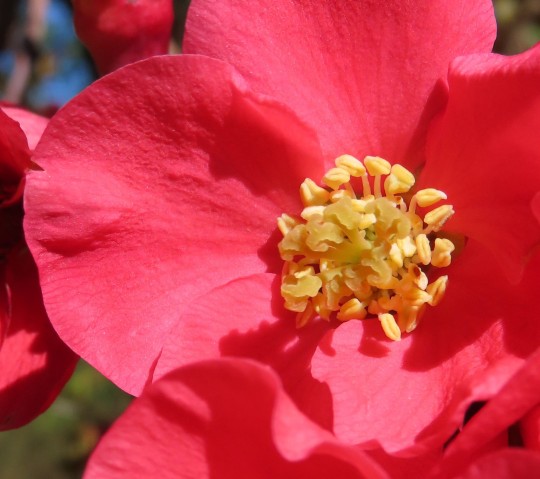

Chaenomeles japonica (Japanese quince)
It wouldn’t be spring without the Japanese quince in our back garden putting on a show. Seven days ago, the weather department predicted a week of heavy rain but it’s actually been quite sunny. I’d love to work in the weather department. It would seem that you can get the long-range forecast wrong fifty percent of the time and still never have to worry about losing your job.
#flowers#photographers on tumblr#japanese quince#pink and blue#weather report#fleurs#flores#fiori#blumen#bloemen#Vancouver
315 notes
·
View notes
Text

Chaenomeles japonica — Japanese quince
11 notes
·
View notes
Text

Maule’s Quince (Chaenomeles Japonica)
#photographers on tumblr#nature#flowers#spring#red#floral#flores#primavera#rojo#maule's quince#chaenomeles#chaenomeles japonica#gardening#garden#vibrant#vertical#original photographers#original photography
338 notes
·
View notes
Text

6 notes
·
View notes
Text
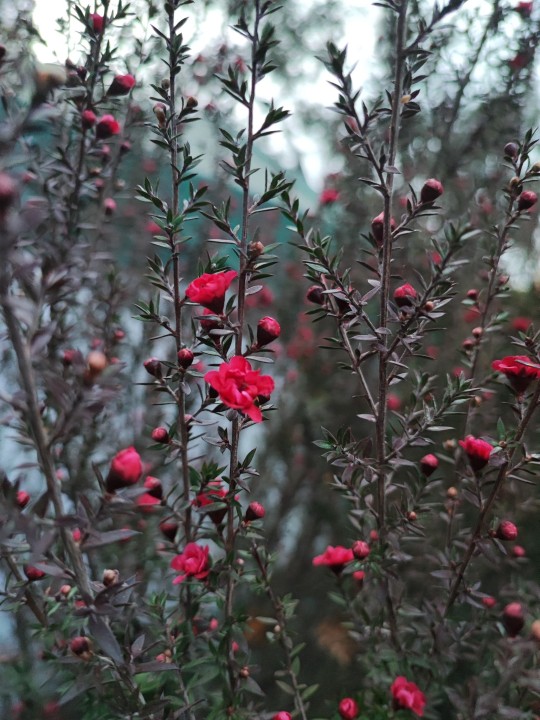
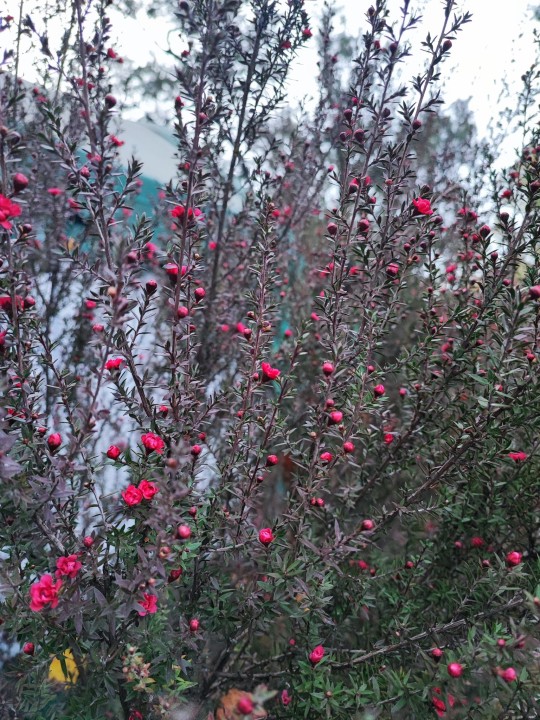

Membrillo japonés (chaenomeles japonica)
15 notes
·
View notes
Text
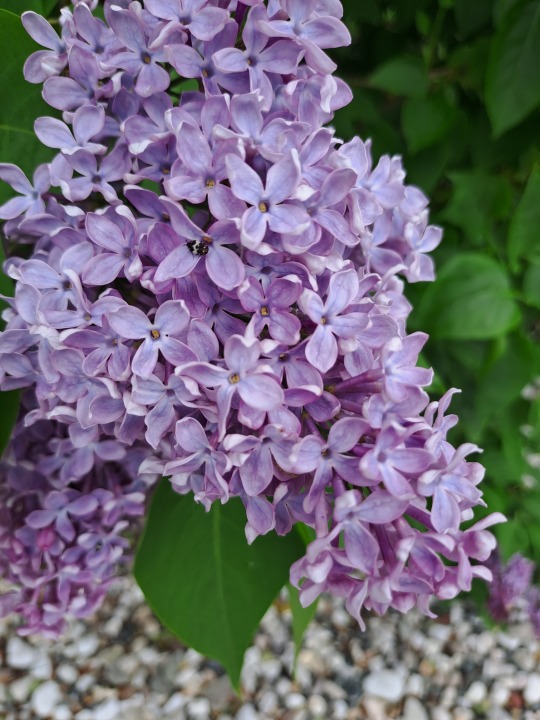




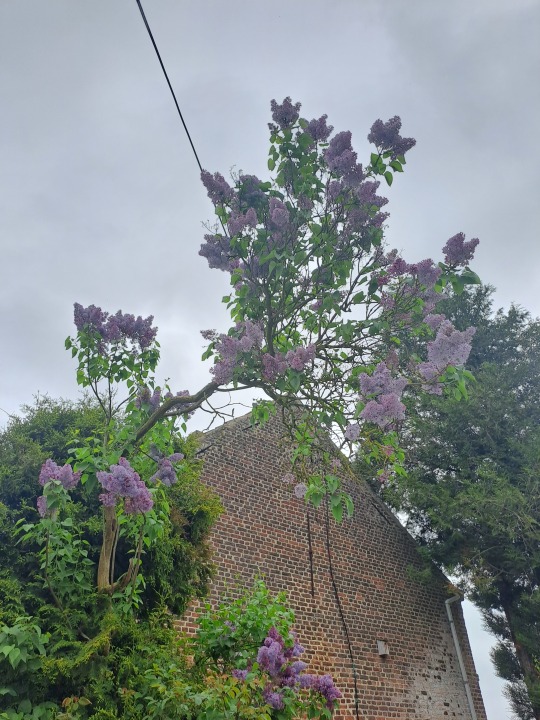
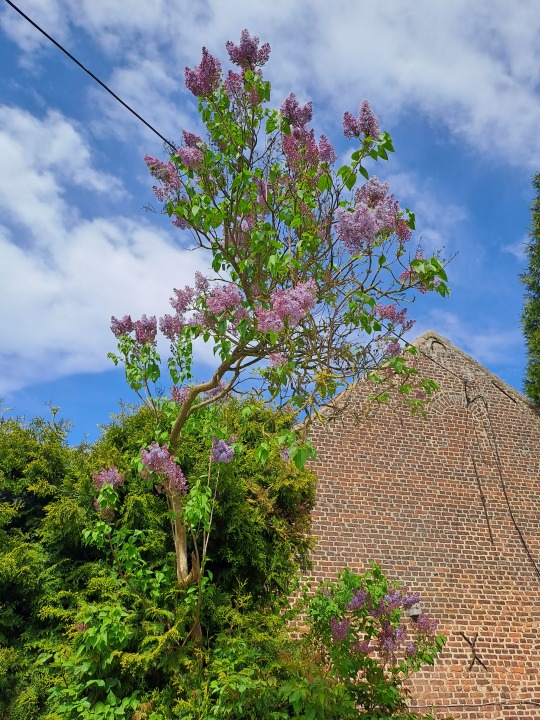
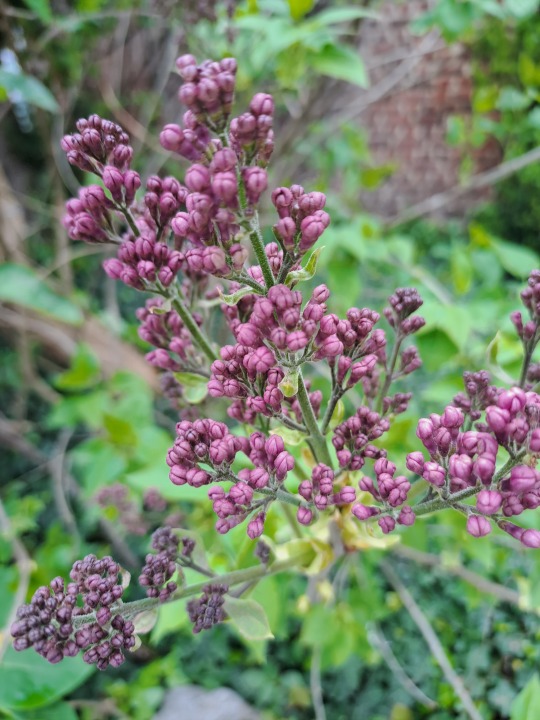


Lilac
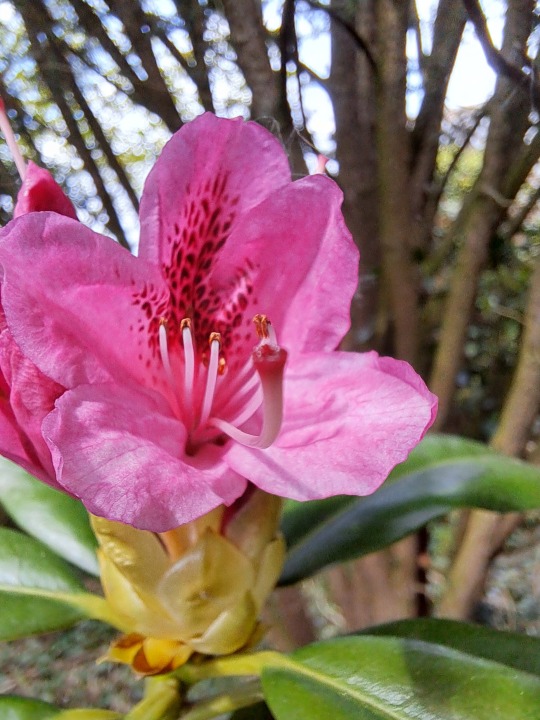

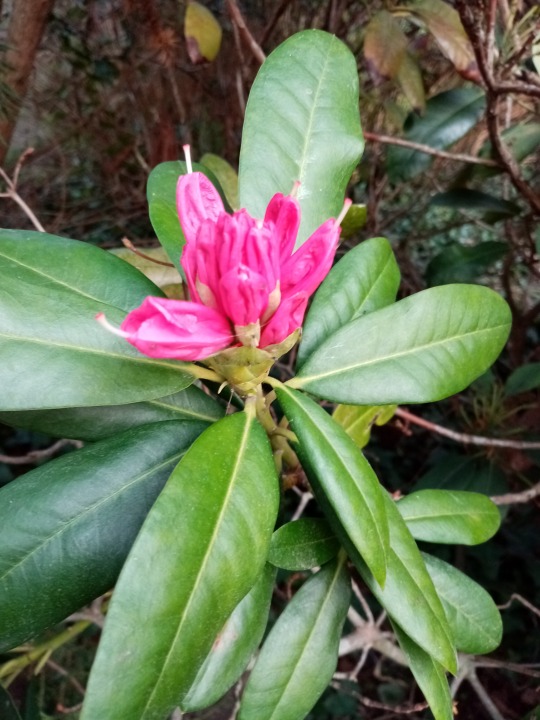



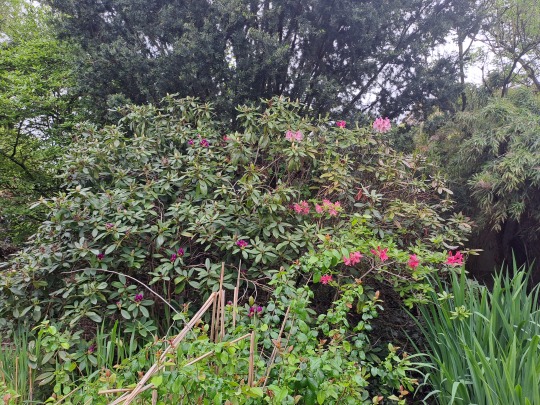
Rhododendron & Azalea


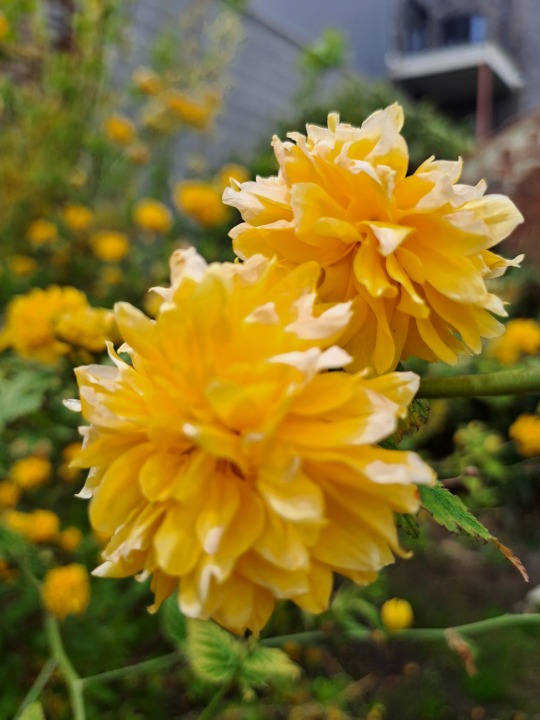
Kerria Japonica

Hyacinth
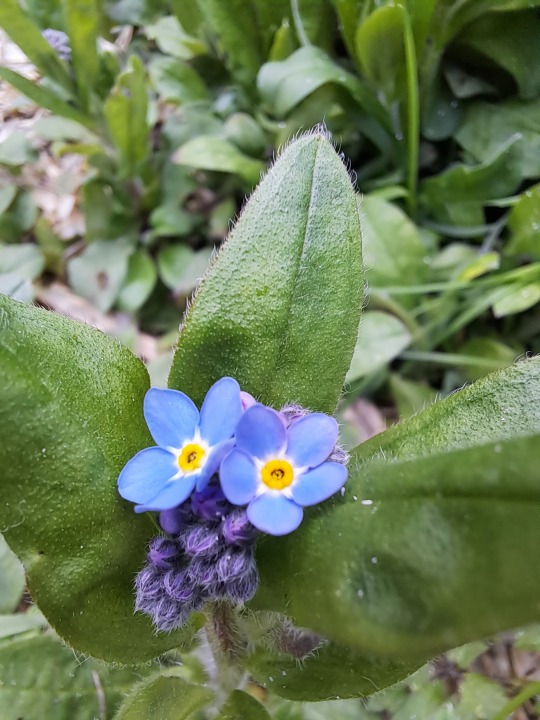
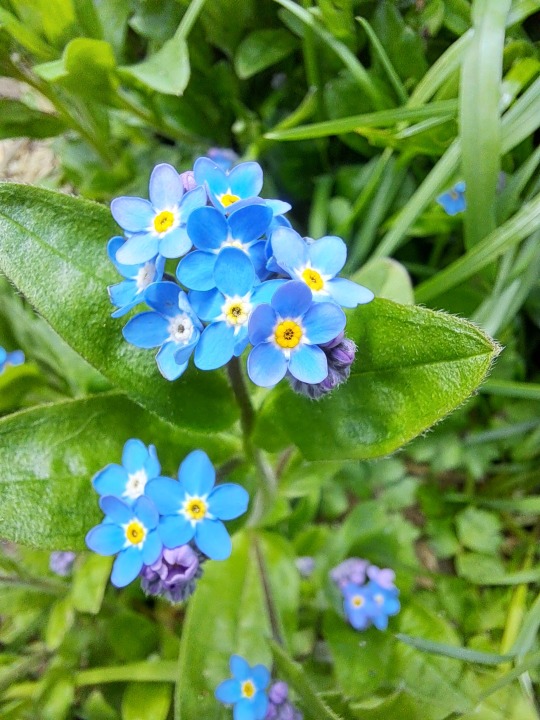



Myosotis




Chaenomeles Japonica
#lilac#lilac flowers#purple flowers#pink flowers#rhododendron#azalea#kerria japonica#yellow flowers#hyacinth#blue flowers#myosotis#red flowers#chaenomeles japonica#flowers#flower#spring flowers#spring#nature#flower photography#nature photography#plants#garden#flower aesthetic#nature aesthetic#flower art#spring aesthetic#garden inspiration#photography#bloemen#natuur
1 note
·
View note
Text
Il Cotogno Giapponese: Un piccolo alberello per il tuo giardino.
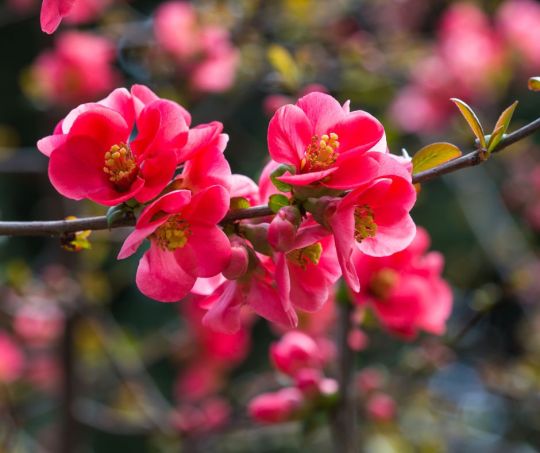
Il Cotogno da Fiore, conosciuto anche come Cotogno Giapponese (Chaenomeles japonica), è un arbusto dal carattere robusto e dalle esigenze modeste, che si distingue per la sua resistenza e la sua bellezza. I rami si intrecciano in un cespuglio affascinante, che durante l'inverno si veste di fiori rosa e rossi, trasformandosi poi in deliziose bacche commestibili.
La tenacia di questa pianta si manifesta nella sua capacità di affrontare con successo sia le temperature rigide dell'inverno che il calore estivo. È una scelta ideale per chi desidera una coltivazione senza eccessive complicazioni, adatta sia ai giardini che ai vasi. Anche chi non possiede un pollice verde particolarmente sviluppato troverà soddisfazione nella cura di questa pianta, poiché le sue esigenze sono moderate e richiede poca acqua. Durante la primavera e l'estate, l'irrigazione dovrebbe essere moderata, intervenendo solo quando il terreno mostra segni di asciugatura.
Per coloro che preferiscono la coltivazione in vaso, è consigliabile piantare i semi in un contenitore profondo con un efficace sistema di drenaggio e procedere al rinvaso ogni due anni. La potatura post-fioritura è un passo importante per mantenere la forma e rimuovere le parti secche. Nel caso in cui la pianta sviluppi polloni basali, è consigliabile potarli per evitare l'eccessiva espansione del cespuglio.
Il Cotogno Giapponese, oltre alla sua bellezza e resistenza, porta con sé significati simbolici affascinanti, che variano in base alle diverse culture. Nell'Occidente, è considerato simbolo di rinascita e forza, in Cina rappresenta l'immortalità, mentre in Giappone, la sua terra d'origine, è associato alla fedeltà e visto come un guardiano contro le forze del male.
Coltivare il Cotogno Giapponese nel tuo giardino non solo arricchirà l'ambiente con la sua eleganza, ma anche con un profondo significato simbolico che trasformerà ogni angolo in un'esperienza unica.
Un saluto da Andrea
Read the full article
0 notes
